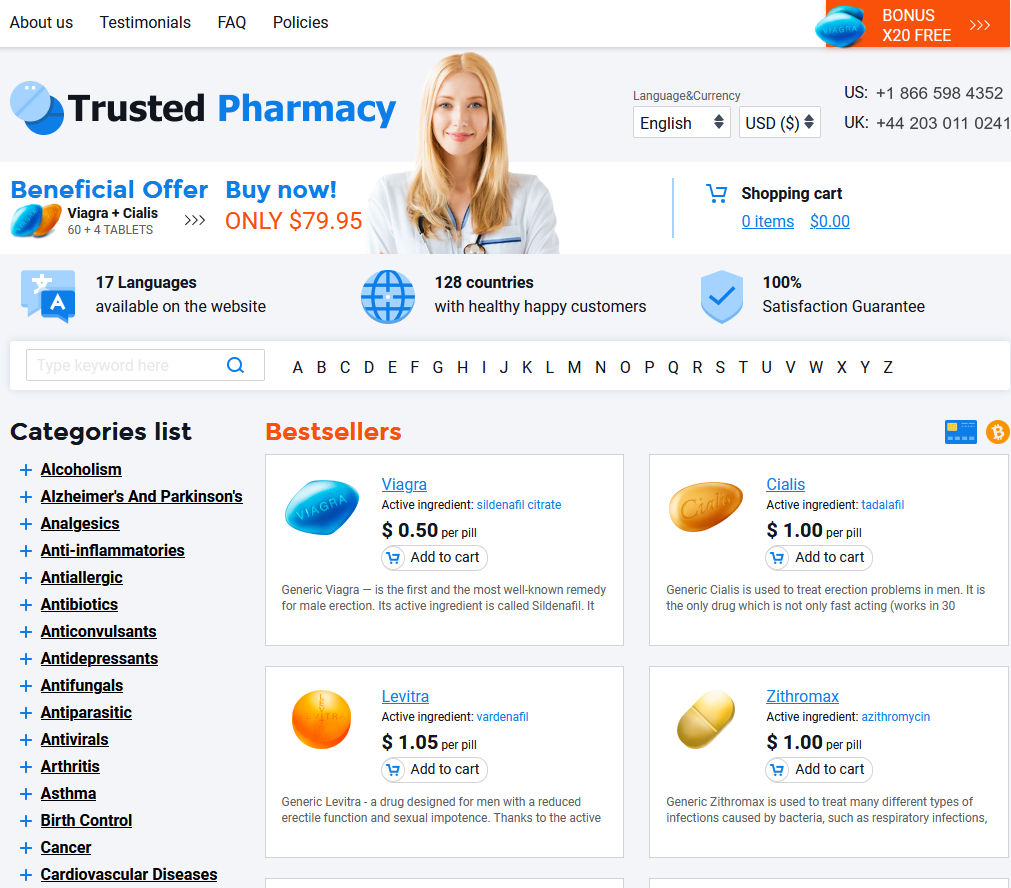What Is Estradiol? Unveiling the Star Estrogen
Deep within the folds of human biology, estradiol stands out as the most potent and active form of estrogen. Often dubbed the “star estrogen,” estradiol orchestrates countless vital functions, especially in women of reproductive age. Produced mainly by the ovaries, this hormone surges during puberty, guiding the development of secondary sexual characteristics and regulating the menstrual cycle.
Estradiol’s influence, however, extends far beyond reproduction. It works diligently to maintain bone density, support cardiovascular health, and even affect mood and cognition. Its presence in both male and female bodies highlights its universal importance. Understanding estradiol is key to unwrapping the intricacies of hormonal balance.
| Feature | Details |
|---|---|
| Main Source | Ovaries |
| Major Functions | Reproduction, bone health, cardiovascular support |
| Potency | Most potent estrogen |
Types of Estrogens: Meet Estrone and Estriol

Alongside estradiol, the body produces two other primary forms of estrogen: estrone and estriol. Estrone is the dominant estrogen after menopause, lingering quietly in fat tissue and providing a gentle hormonal background. Estriol, on the other hand, takes center stage during pregnancy, supporting the body as it nurtures new life.
Though less potent than estradiol, both estrone and estriol serve essential, targeted roles throughout various life stages. Their unique balances help maintain health and adapt to the body’s ever-shifting needs.
Sources: Where Do Different Estrogens Come From?
Estradiol is primarily produced in the ovaries of women, making it the most dominant estrogen during reproductive years. Small amounts are also made in the adrenal glands and, in men, within the testes. In contrast, estrone is found not only in the ovaries but also in body fat, where it serves as a reservoir for estrogen, especially after menopause.
Estriol, meanwhile, is most abundant during pregnancy, as it is produced by the placenta in substantial amounts. Each estrogen’s source shapes how it impacts the body.
Estradiol’s Unique Roles in the Human Body

Among all the estrogens, estradiol stands out as the most potent and influential, shaping everything from puberty to reproductive health. In women, it’s the driving force behind the development of curves, maintaining healthy menstrual cycles, and fostering fertility. Estradiol’s impact goes beyond reproduction, acting as a guardian for bones by helping to preserve bone density as we age.
This critical hormone also supports heart health, contributing to the balance of cholesterol and promoting healthy blood vessels. By influencing mood and cognitive function, estradiol demonstrates its powerful reach into the brain, helping to regulate mental clarity and emotional wellbeing. In both men and women, its effects are subtle but essential.
Estradiol’s influence extends to skin elasticity and hydration, often reflected in a healthy, vibrant complexion. This multifaceted hormone orchestrates a symphony of processes that keep our bodies strong and balanced, making it indispensable throughout life’s stages.
Estradiol Vs. Others: Benefits and Drawbacks
Estradiol stands out as the most potent natural estrogen, delivering strong effects on bone health, reproductive function, and cardiovascular support. Its rapid activity helps manage menopausal symptoms effectively and supports fertility treatments. However, this potency can also lead to a higher risk of side effects, such as blood clots or certain hormone-driven cancers, especially with long-term use.
In contrast, estrone and estriol offer gentler effects. Estrone predominates after menopause and is associated with a weaker influence on tissue growth. Estriol, often called the “protective estrogen,” is mild and rarely linked to significant adverse effects. This makes them preferable in some cases for individuals with specific health concerns or sensitivities.
Choosing between the estrogens often depends on the patient’s age, symptoms, and medical history. Doctors consider whether a strong therapeutic response or a safer, milder option is needed.
| Estrogen Type | Potency | Main Benefits | Main Drawbacks |
|---|---|---|---|
| Estradiol | High | Strong symptom relief, supports bone and heart health | Higher risk of side effects |
| Estrone | Moderate | Postmenopausal balance | Weaker, possible risk with excess |
| Estriol | Low | Mild, fewer side effects | Less potent symptom support |
Medical Uses: When Doctors Choose Each Estrogen
Doctors tailor estrogen therapy based on individual needs and health profiles. Estradiol, due to its potency and similarity to natural ovarian estrogen, is often prescribed for menopausal symptoms, osteoporosis prevention, and hormone replacement in younger women with ovarian insufficiency. Estrone, though less commonly used, may be suitable for older women because it is the primary estrogen after menopause. Estriol, a milder estrogen, is frequently chosen for localized treatments like vaginal dryness or urinary symptoms. The choice balances safety, effectiveness, and the patient’s specific health goals.

